Working from home — every day or just now and then — can be great. However, not all of us have huge home offices that are perfect, productive retreats. If you don’t have a lot of room to work, here are some tips to help you get things done.
Title image by Tina Mailhot-Roberge. Additional photos by Chris Roos, Fabio Bruna, Kate Hiscock, Marcin Krzyżanowski and Benjamin Linh VU.
For those of us in apartments, or in homes where every room has a purpose (and none of them scream “home office”), finding a place to work at home probably means plopping on the couch with a laptop. For others, it’s trying to shoehorn a desk into the kitchen or some corner of a room that’s already pulling double duty. Whatever your home office looks like, here’s how to make sure what you do get is as conducive to productivity as possible.
Carve Out A Comfortable, Familiar Space To Work
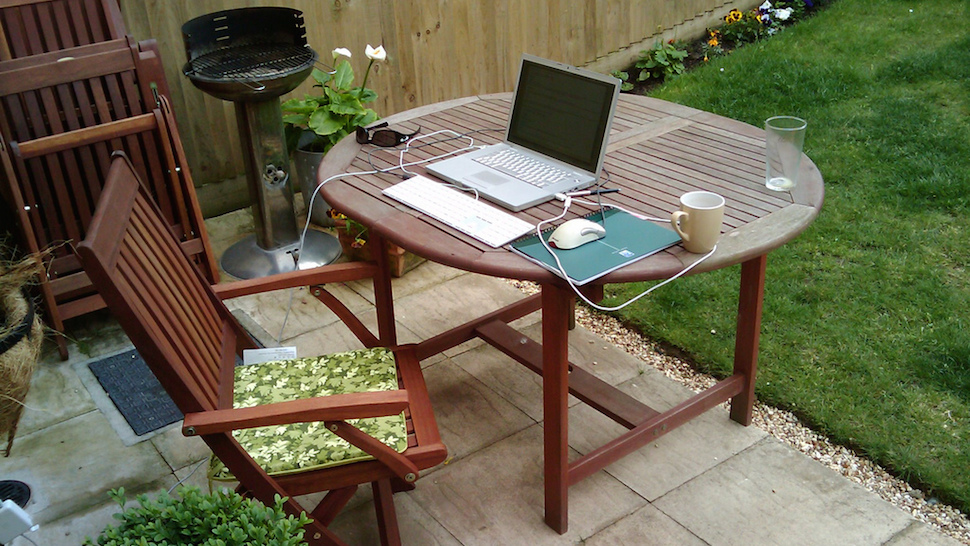
The first thing to do is find a spot you can actually be productive. This can be tough if you live in a small studio in the city, and even tougher if you share that studio with someone else, but it can be equally difficult in a spacious house in the suburbs that you share with a spouse and two kids. If every room or every wall in your home feels like it already has a purpose, you’ll need to get creative.
First of all, don’t overlook the nooks and crannies of your house. Even a tiny patch of wall or an unused corner may be enough for a shelf that can hold a laptop with a chair in front of it. If you don’t work from home often, don’t try to dedicate a spot as a full-time home office. Look for an area you can use as an office when you need it, but does something else when you don’t. However, when you do need to work at home, you should be able to clear that space off and use it for work without being distracted, or reminded of what it does when you’re not working. That part is important, and we’ll touch on it again a little later. For now, make sure that “working from home” doesn’t mean “finding a place to put my laptop” every time you do. You’ll be happier and more productive if you have a go-to spot that you can set up easily and get right to work.
Give Your Workspace Boundaries, Even If They’re Small
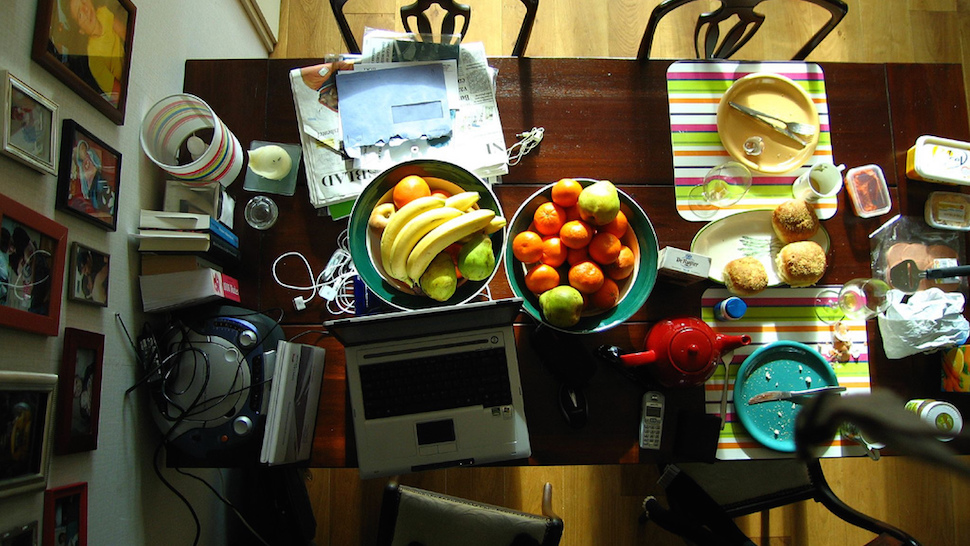
Next, make sure your workspace has some enforceable boundaries. Even if you can’t dedicate an entire room to your home office, you need to have some area that defines when you’re “on” and at work, and when you’re “off” and not working. Other people in your home — like your spouse or children — also need to be able to understand where they’re intruding on your space and where they can walk around or move without distracting you.
If you can add an indicator that shows people that you’re available or you’re working, do so. A “free/busy” sign you can put on the edge of your desk goes a long way. Agree with your spouse that wearing headphones means busy, while headphones off means free. Those little communication cues are essential in a small space, especially when you’re trying to be productive when your kids are home from school or your spouse wants to talk about their day. Just because your home office is a section of countertop in the kitchen doesn’t mean you can’t make sure everyone knows when to let you work and when it’s OK to interrupt.
For example, my “home office” is really a small sliver of floor space between a short breakfast bar and a few feet out into the main room of my apartment. My back is to the wall, and my desk is in front of me. This creates a U-shaped area with an opening to the right where I can walk in and out of my “office.” That opening is both my office “door” and the logical space where, if someone wants my attention, they should approach to get it — but if I’m working, steer clear. For reference, I live in a small apartment, so every square foot is precious — but making those boundaries clear has made it much easier for other people to know when I’m busy and when I’m not.
Make Your Space As Work-Friendly As Possible
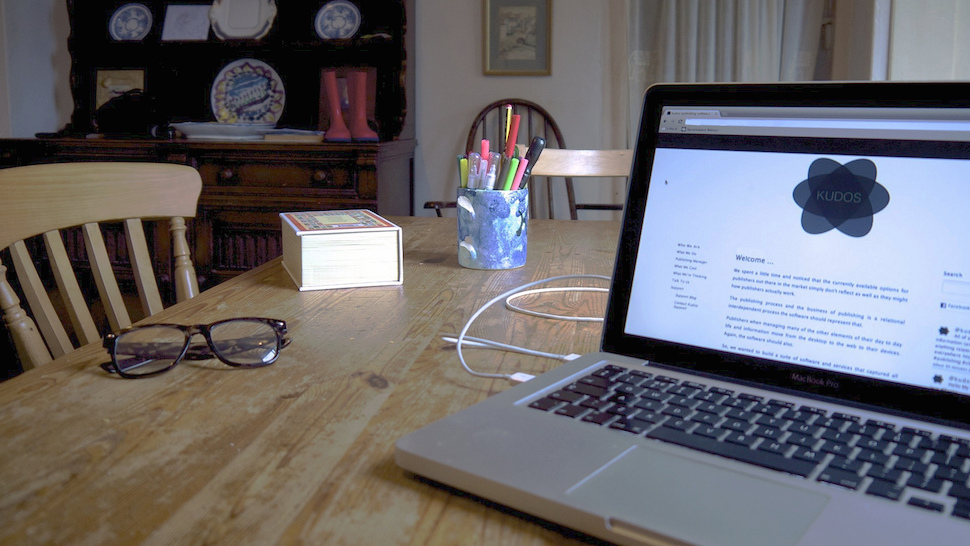
As we mentioned, where you work should be comfortable, and dedicated completely to your work — at least, while you’re working. If you can, try to give yourself a spot that’s clearly a working space. If working from home means camping out on the couch with your laptop or sitting at the dining room table however, make sure that your work space is as work-friendly as possible. This helps enforce those boundaries we mentioned earlier, and keeps you from getting distracted by other things.
If you do have to sit on the couch, get rid of non-work related items that just distract you. Books, games, even that comfortable blanket you’ve fallen asleep in before, should all be moved somewhere they won’t tempt you while you’re trying to be productive. If you’re at the dinner table, working hours should mean moving magazines, mail or place settings away. If your family or roommates usually leave their stuff where you’re trying to work, move it before you start working so you won’t have to later, or risk them interrupting you to move it themselves.
Similarly, if your work requires you to take calls or do video conferences, make sure your home office looks decent. If you have to take video calls, you don’t want everyone else to look behind you and see toys all over your living room floor, or hear your kids playing in the background while you’re trying to lead a conference call on an important topic. If you have to take phone calls, consider a headset or some comfortable means of listening without everyone on the call hearing the inside of your home, or everyone in your home hearing the call. Consider the kind of work you do when you choose a spot to camp out, or at least think of an alternative spot that’s good for calls and video chats when they come up.
Block Out The Rest Of The World

Offices are full of distractions, but working from home isn’t any better. Whether it’s a contractor or maintenance person stopping by, the sounds of your neighbourhood, or the snacks in the pantry that’s only a few steps away, they can all tug at your attention span. Some of those things are convenient — it’s nice to be able to work from home and also accept packages or supervise renovation work — but they still get in the way. It’s even worse when you live in a small space and can’t escape them. If you’re going to be productive at home, you need to learn to block out the things happening around you.
For those ever-present distractions, like the kitchen behind you or the sounds of your neighbourhood outside the window next to you, focus is your best weapon. Give yourself the tools to get into the zone and forget about the things happening around you. For me, headphones and music help immensely — as soon as I turn the music on, the desire to grab a snack falls away, and the birds outside the window are a bit less distracting. Embracing a productivity method like the Pomodoro Technique also helps, since it focuses on specific working times and specific break times, where you can indulge the urge to grab a snack or peek outside. Remember, taking breaks is good for you, and working from home means you have more freedom over when and how you take those breaks.
If your work from home coincides with contractors or some other difficult-to-ignore distraction, try to time your breaks around when you know you won’t be able to focus. When I work from home and have people in the apartment, I generally let my colleagues know in advance that a contractor’s in the house, and my availability may be spotty. Avoid conference calls or video calls on those days, and try to stay flexible — the contractor may need you at the drop of a hat, and you won’t be able to wrap things up before they interrupt you.
Talk To The People You Live With
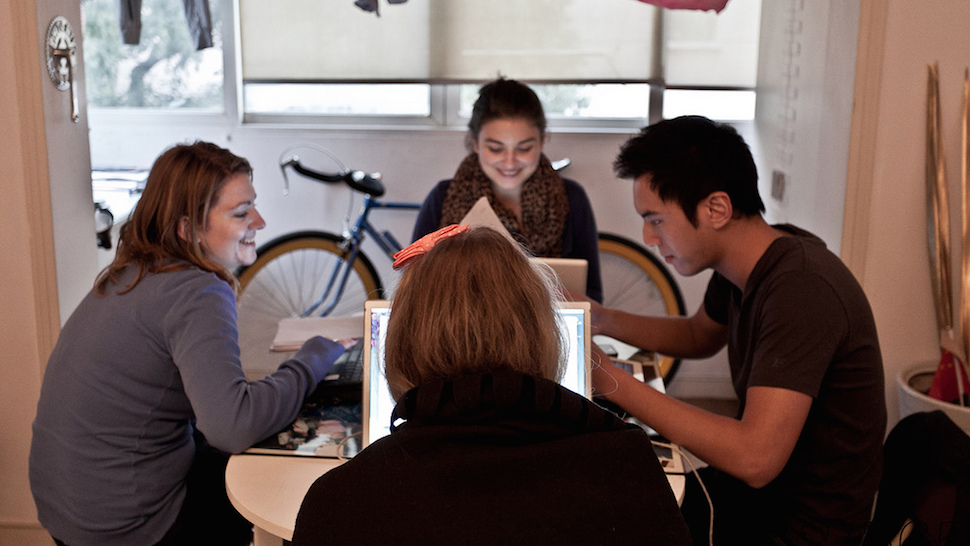
Whether you live with roommates in an apartment or a huge family in a house, make sure you all know what the deal is when you work from home. A small space means you’ll be able to hear everything everyone else is doing while you’re trying to work, and vice versa. Carving out a workspace in the living room or kitchen may put you right in the flow of traffic for kids coming home from school or a spouse getting off work. It’s important to talk to them and make sure you all understand each other.
Talk to them about what you need when you’re working at home, whether it’s a little quiet during working hours or some space in the living room to work. The goal isn’t to make them tiptoe around you all day while you’re trying to be productive. Instead, you just want to be able to tell them that you’ll be working from home on a given day, and everyone knows what that means — everyone understands the boundaries around your workspace, or that you may need to take video calls, or that when you’re on a conference call they should turn down the volume on the TV.
It’s easy for other people in your household to feel sidelined when you’re working from home, so make sure there’s some give and take on your boundaries, especially with your spouse or partner. Agree on a time when you’re “off” work for the day so they can get back to their normal lives, and you can enjoy the end of the day and their company. Remind them that your need to focus is work-related, and not personal. With children, who may not get the concept of “boundaries,” your best bet may be convenient distractions that engage them but still keep them away from you while you work. Consider giving them /”learning stations” to use while you work so they can hang out with you without being a bother.
In the end, most of us look forward to working from home, but that doesn’t mean it’s easy to get things done when we’re distracted by family, the doorbell, or even the pantry calling your name. Think ahead, prepare for distractions, and carve out a comfortable, well-defended place for you to settle in and be productive, and you’ll manage to get things done.
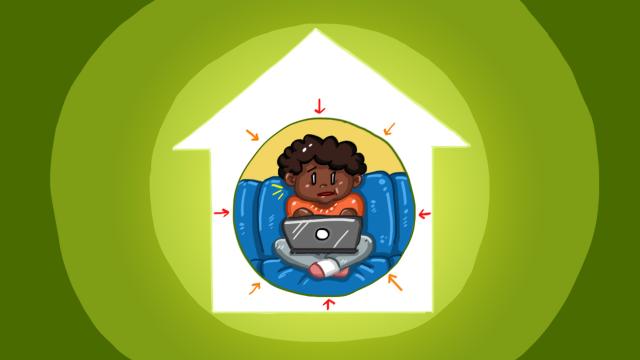
Comments